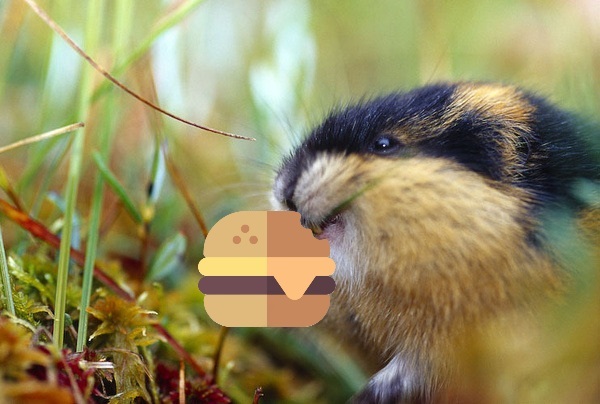Tiltshift was one of my favorite subreddits
Yea I’ve always know this as Tilt-Shift photography which I love, miniature faking just doesn’t hit the same.
I did find it interesting how there were other ways to achieve the diorama effect than tilt shift, which was the one I had heard of, including from the subreddit!
Relatedly, I go to great lengths to eliminate this effect in the types of photos I take. The fact that your camera has a limited depth of field becomes more and more relevant the closer to your subject you are.
This can be reduced somewhat by narrowing your camera’s aperture. All other things being equal, you wind up with a wider (or perhaps rather, deeper) depth of field the narrower your camera’s aperture is. This also lets in less light so you have to increase your exposure time to compensate. This is fortunately not a problem for subjects that have the decency to hold still.
Depth of field limitations are usually not an issue for people taking wide shots of large things that are far away. Not always, though. The classic example is someone taking a landscape photo of the Alps or something, and dutifully following the “one third rule.” The mountains, the sky, and the meadow in the foreground may well be perfectly taking up their geometrically precise aesthetic portions of the frame, but the problem is that the daisies sticking up in the foreground six feet away from the camera can be in focus, or the mountains on the horizon, or some middle point in the grass in between the two – but not all three at once.
I was going to say that these days smart photographers can solve this by taking multiple photos with different focal points and composite them together with at technique known as focus stacking. But dumb photographers can do it, too, because that’s also exactly how I solve my problem of my camera having an effective depth of field of about 2cm no matter how hard I try otherwise, at the distances I’m typically working with.
That was an interesting read, thank you for sharing!
aka focus bracketing?







